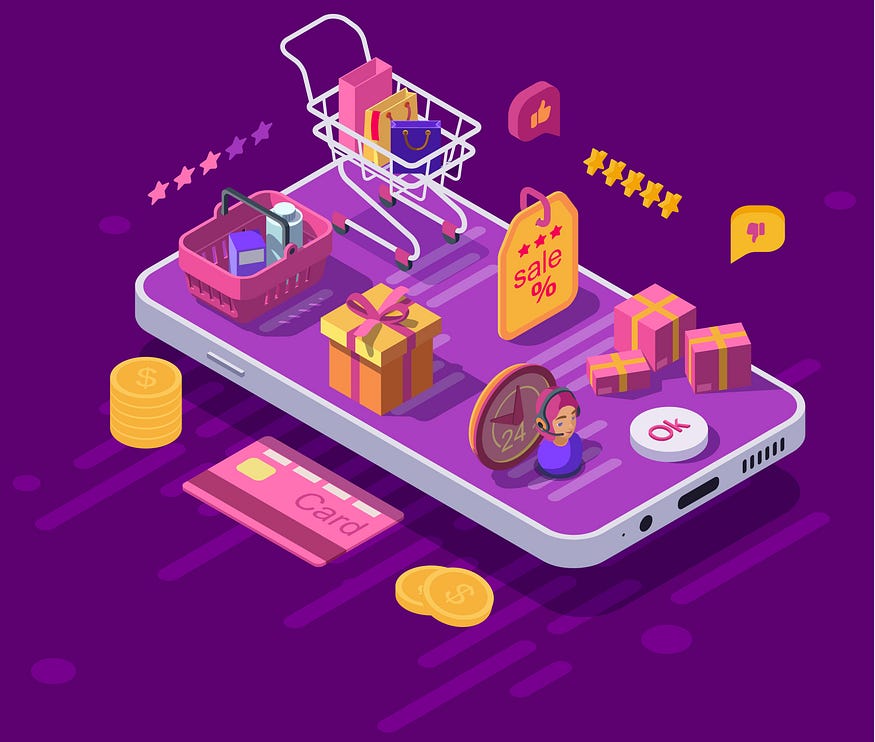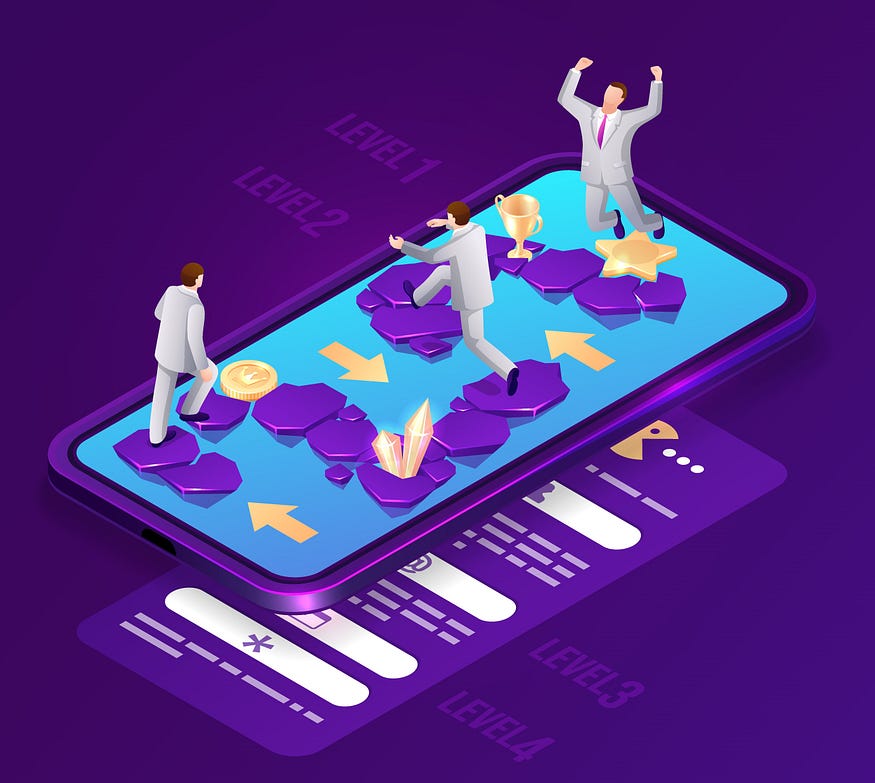Top 5 Trends in Mobile Apps Dev To Watch Out For In 2023
Just a couple of decades ago, consumers only had the option of using desktop or web applications to execute commands and get tasks done. Fast-forward to today, the world is now so dependent on software applications that we even have applications designed for mobile phones.
Thanks to advancements in mobile app development technology, a lot of milestones have been covered. Today, we have an app for virtually everything, from lifestyle to daily workouts, payment systems, and entertainment. Different technologies and market trends, such as demand and user behavior, have influenced how developers create mobile apps.
In 2023, we can expect to watch out for the following top 5 trends in mobile app development.
Artificial Intelligence and Machine Learning
With the increasing popularity of chatbots, personalization, and other forms of marketing and CRM automation, we can expect that artificial intelligence and machine learning will take center stage in mobile app development in the coming months and years. With AI, businesses can now automate a lot of processes that previously required more manpower. The introduction of AI in mobile app design can also help marketers collect useful information from users’ devices. Chatbots, for instance, make it possible for businesses to interact with customers and prospects even without being available to speak with the client.
This information can then be used to develop more targeted messages that will drive more engagement and generate increased quality leads. Besides these, AI can collect essential data from mobile phones like location, contacts, preferences, and daily activities to solve complex problems. AI-enabled mobile apps collect and store data by analyzing user behavior and how users interact with the app.
Essentially, AI-powered mobile apps can perform tasks faster and even more efficiently than humans can. Whether it is responding to customer complaints and queries, processing data, taking orders, collecting and analyzing user data, or managing daily workflows — AI is surely attracting more attention and will likely be deployed in more innovative ways.
Mobile Commerce
The term “mobile commerce” as originally coined by Kevin Duffey in 1997 means to deliver electronic commerce capabilities directly into the hands of consumers regardless of location using wireless technology. Also known as M-commerce e-Commerce, mobile commerce enables the buying and selling of goods and services through wireless mobile devices, such as smartphones and tablets. With mobile commerce, consumers now have access to online shopping platforms without using a desktop computer. This means more comfort for shoppers and more revenue for store owners.
Thanks to this technology, we have mega retail stores with equally mega online stores, such as Amazon, Kroger, Alibaba, eBay, and so many others around the globe today. As many more users continue to embrace online shopping, e-Commerce is expected to continue to boom in the coming years. Note that e-Commerce is a general or umbrella term that refers to the buying and selling of goods and services via the internet, while e-commerce focuses specifically on online commerce via mobile handheld devices.
With about 4.32 billion in 2021 unique consumers using mobile devices to access the internet, over 90 percent of the global internet population currently use mobile devices to access the internet. Many online store owners are beginning to develop mobile apps to enable them to bring in as many of these people as possible into their primary audience.
Gamification
With gamification, developers are now able to keep users coming back to their apps and even keep them for longer. Gamification is the practice of implementing gaming elements into your mobile app. Gamification allows developers to add game-like elements and dynamics to mobile applications. This allows them to keep consumers engaged and focused on their goals and at the same time optimize for critical key performance metrics, such as retention rate, sessions, return on ad spend, and improved user experience. Without a doubt, gamification is one of the major trends to watch out for in 2023.
Mobile app gamification is, by and large, a marketing concept that employs game techniques, such as rewards, progress displays, leaderboards, in-app cash rewards, etc. Currently, according to Statista, the number of available mobile apps on Google Play Store is 2.65 million. Apple App store has 3.79 million active apps in 2022.
These are huge figures, but of course, there are billions of users looking for apps that can solve their problems every day. In other words, it’s getting more and more challenging to create a mobile app that will stand out from other apps and be fascinating for users. This is where the magic of gamification comes in. It allows developers to create a game-like experience that rewards users whenever they use your app.
Apps for Foldable Devices
Moving further away from just screenshots, developers have now started designing mobile apps for foldable devices. As mobile phone developers continue to seek ways to improve user experience, developers are also making the necessary adjustments to accommodate users with handheld foldable smartphones.
Unlike flip phones that have a keypad on one half and a screen on the other, foldable devices come with either a fold in the display or a hinge separating two book-like halves of the display. This provides users with a better and more immersive experience. Foldable apps have actually increased the scope of mobile app designs over the past few years, and will, no doubt, continue to do so in 2023 and the coming years.
Apps for Wearables
Apple and other Android manufacturers have done an excellent job of creating a new market that’s steadily attracting millions of users. Wearables such as SmartWatches, SmartGlasses, and activity trackers have gained very wide popularity along both millennials and older generations. The reason app development for wearables is gaining more ground is that they are useful for health and fitness tracking, disease management, interactive gaming, performance monitoring, and navigation tracking.
Conclusion
Mobile app development has radically transformed the use of modern technologies in today’s world. With over 4 billion unique internet users using mobile devices, the mobile app development industry has a great opportunity to tap from. In 2023, the top 5 trends that we can expect to take center stage in mobile app development are AI & machine learning, gamification, mobile commerce, and apps for foldable devices and wearables.
First picture credits: Image by fullvector on Freepik






